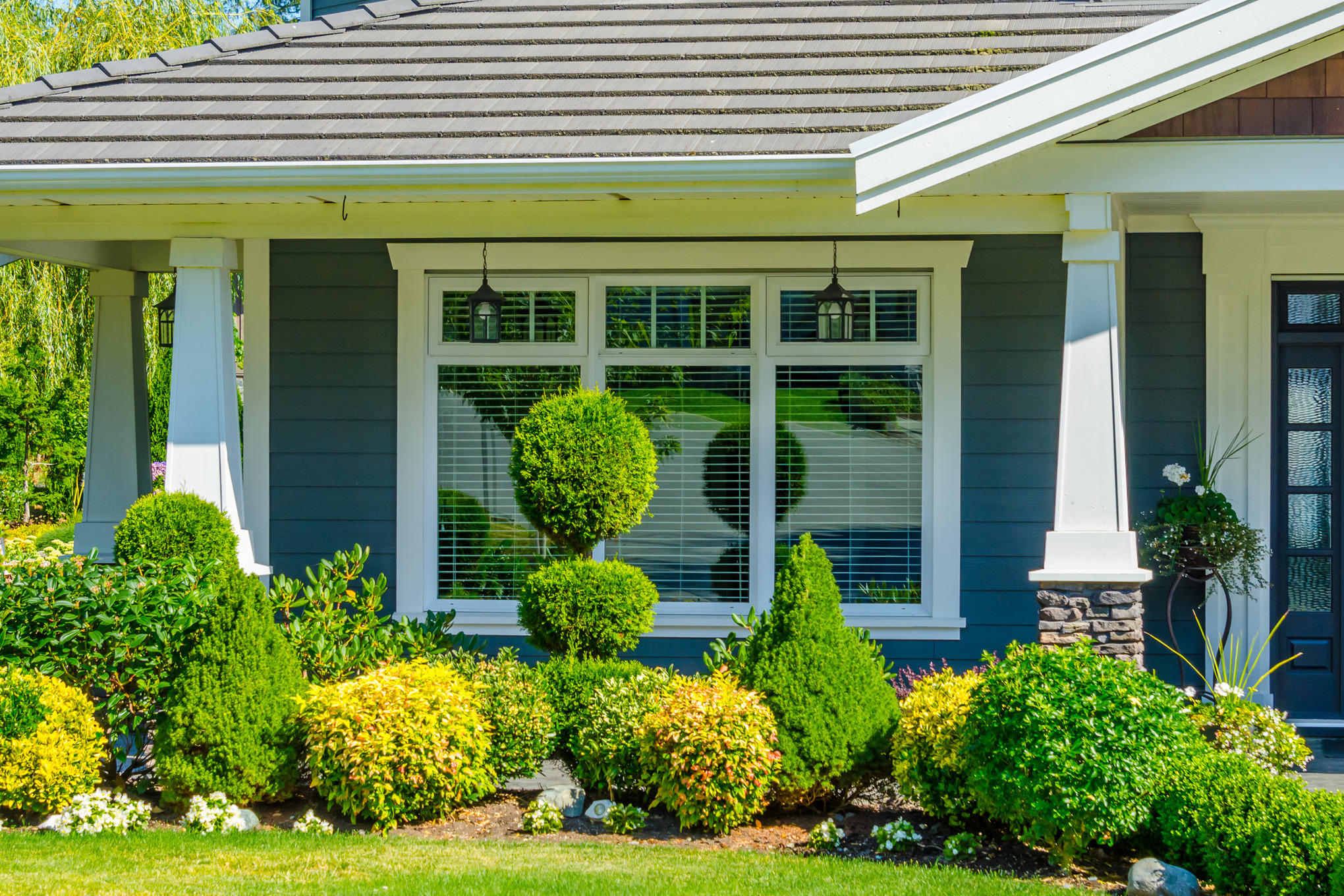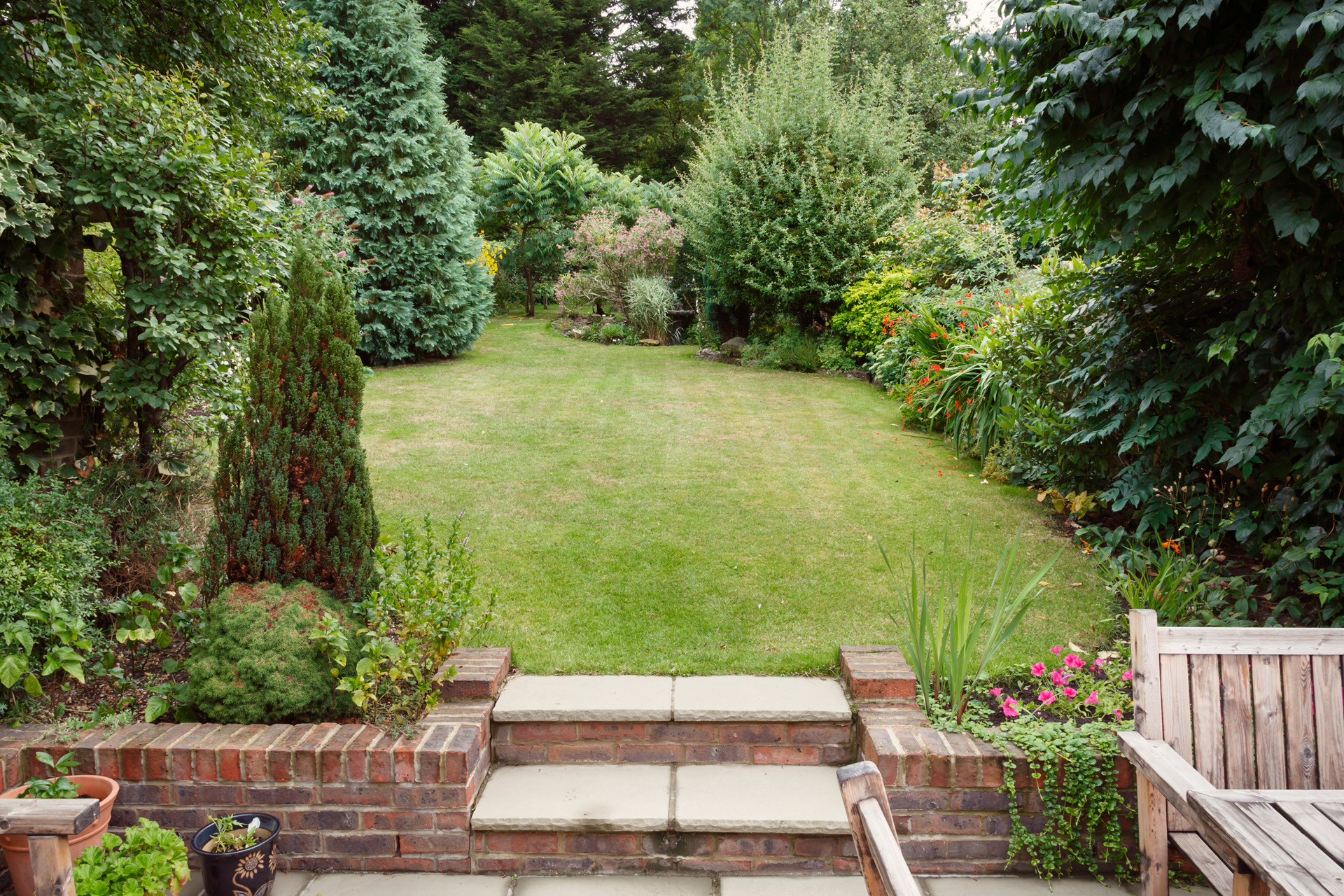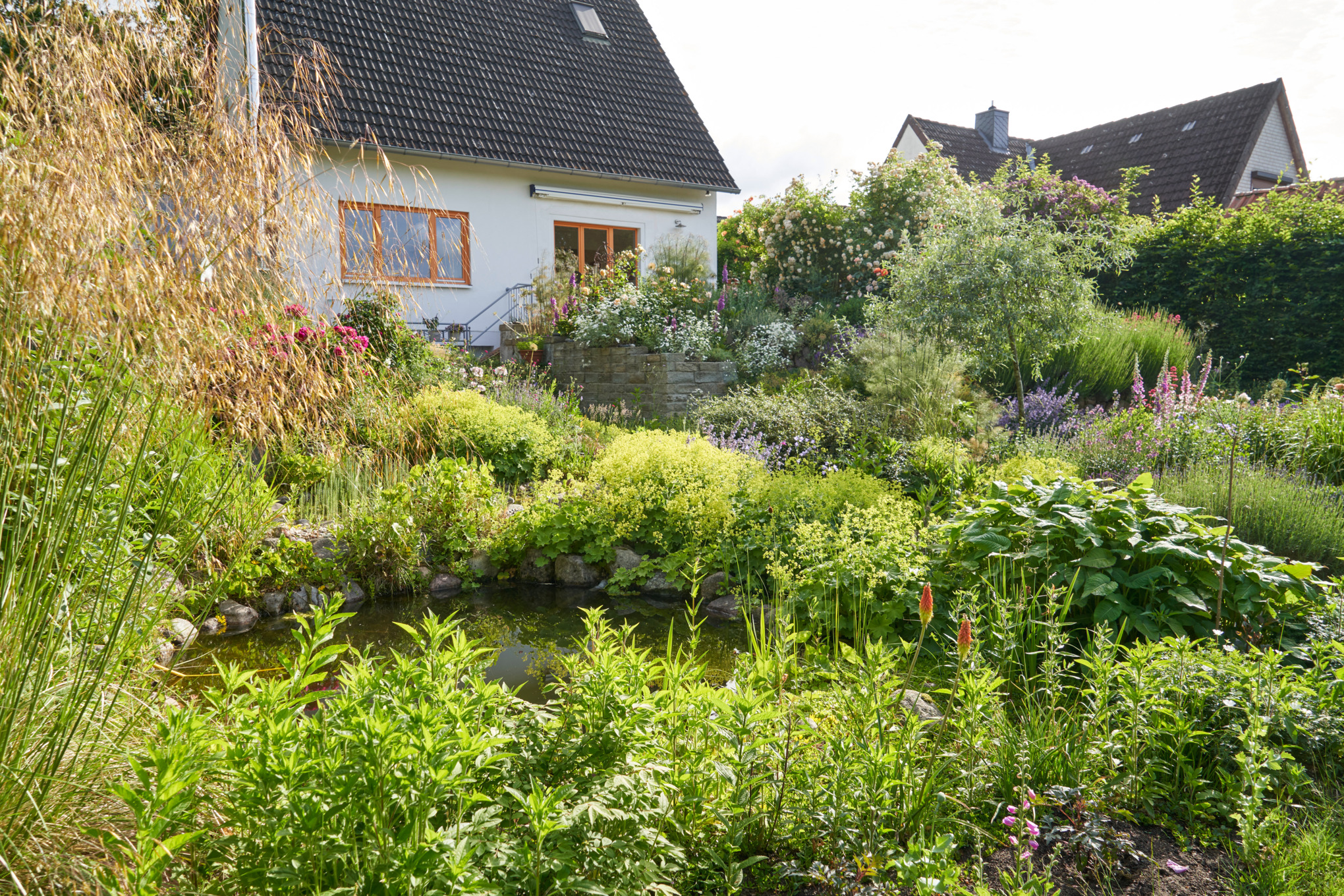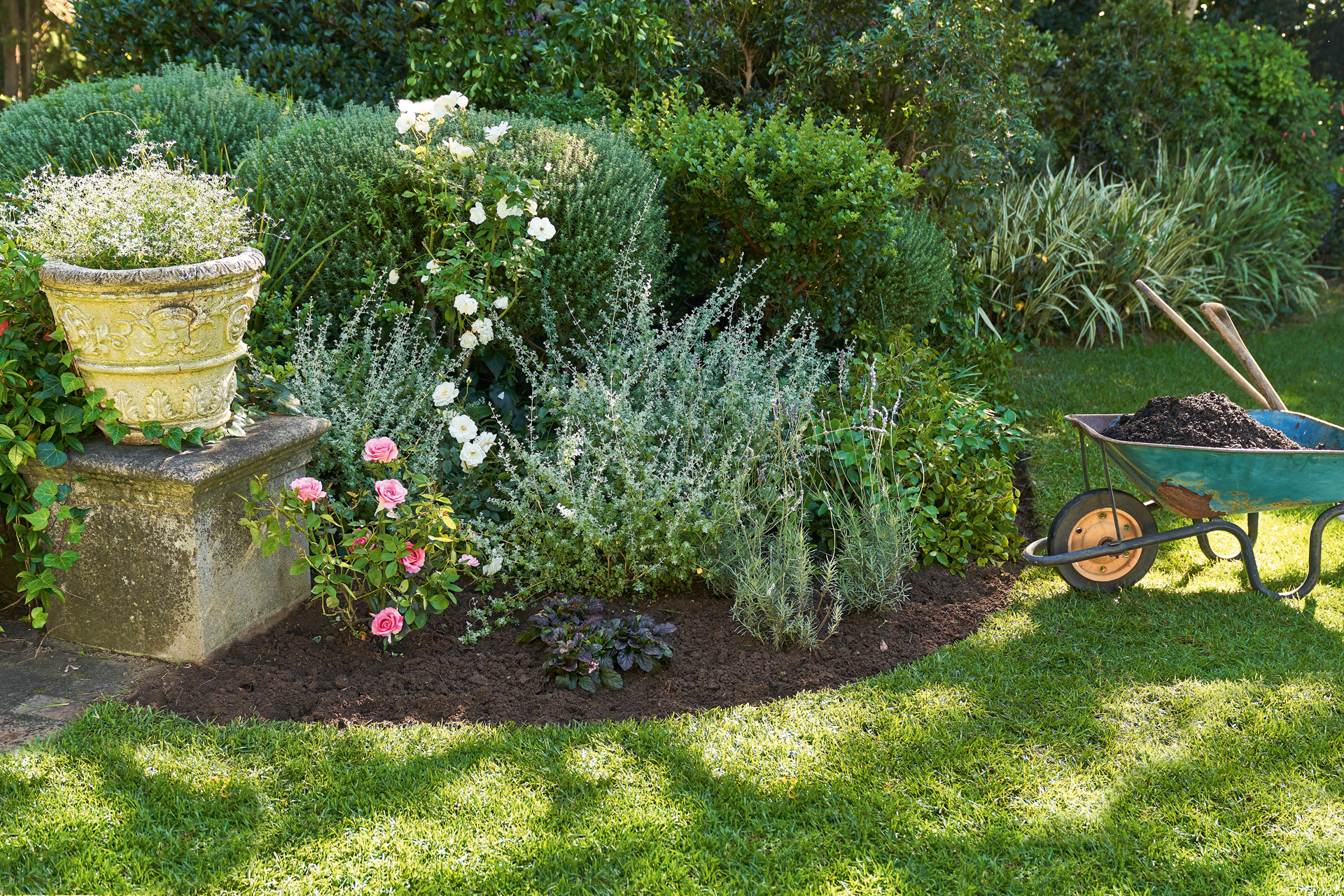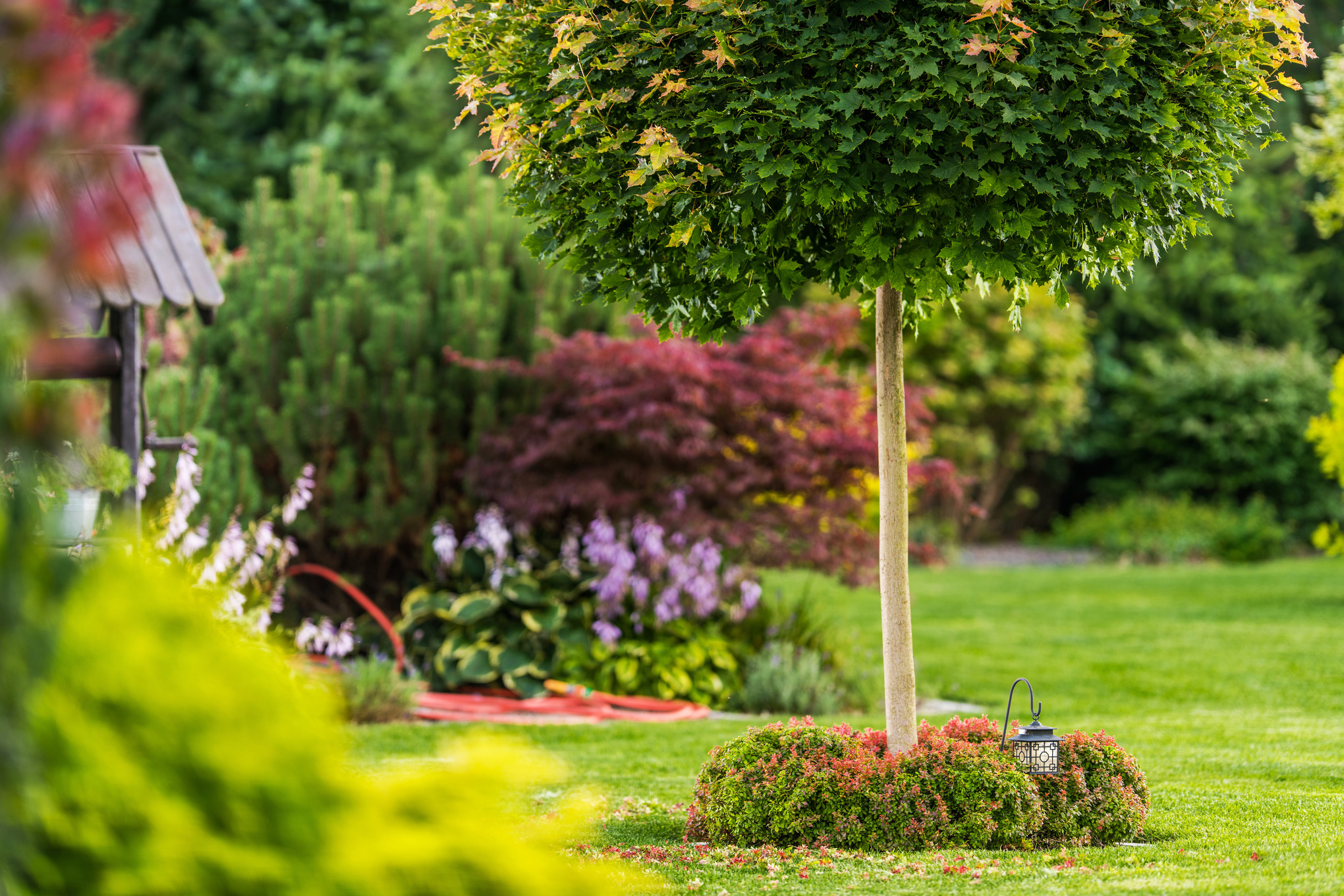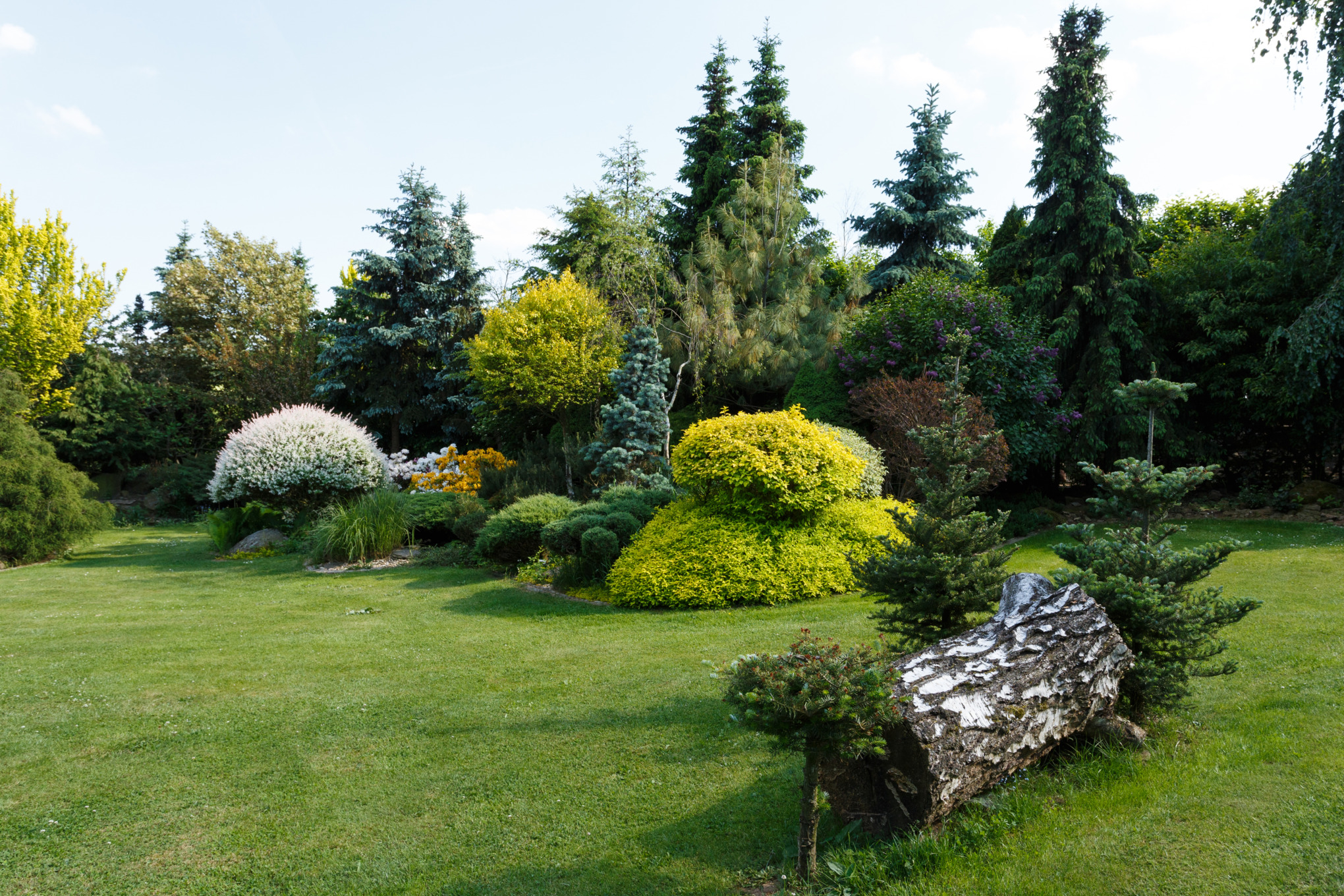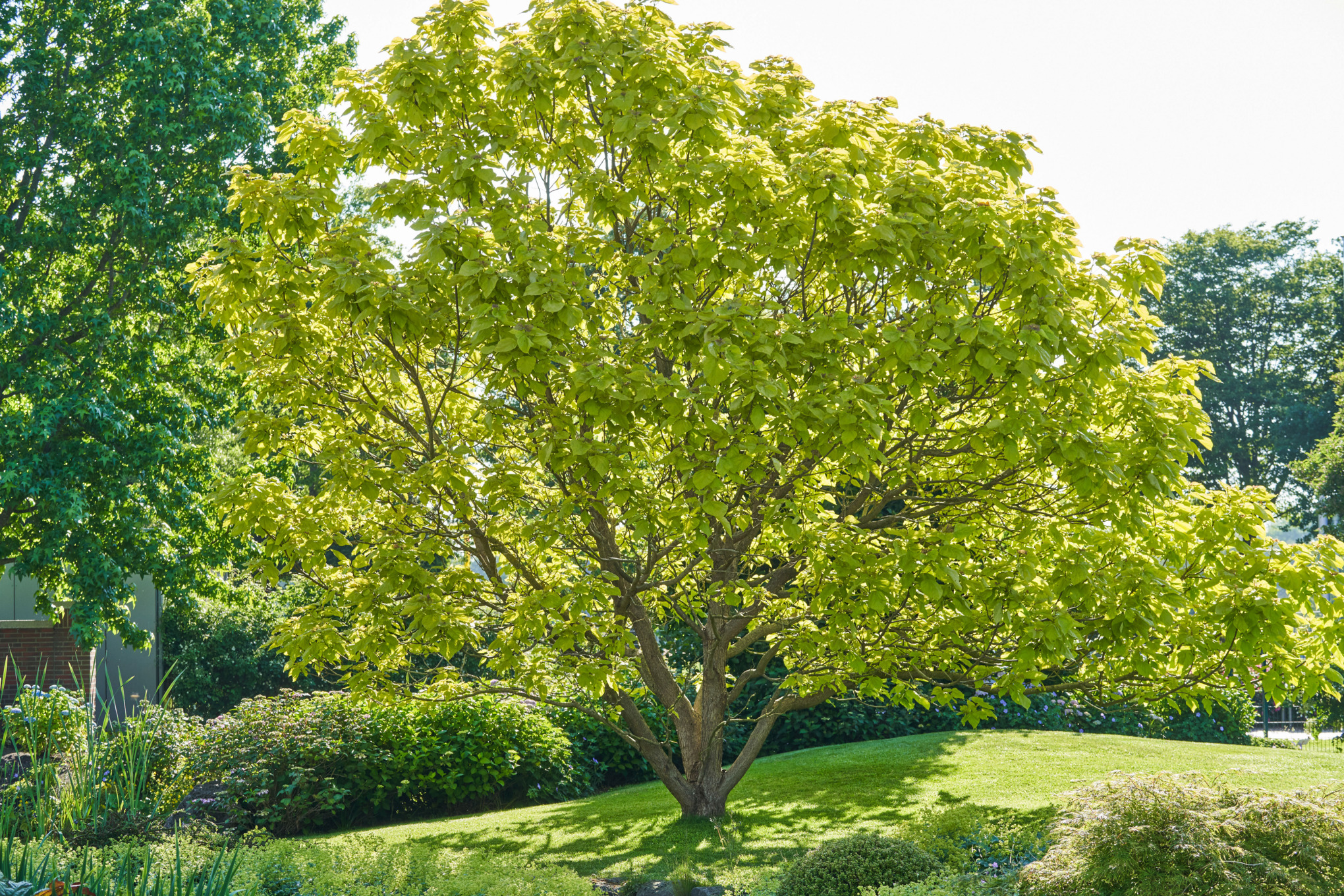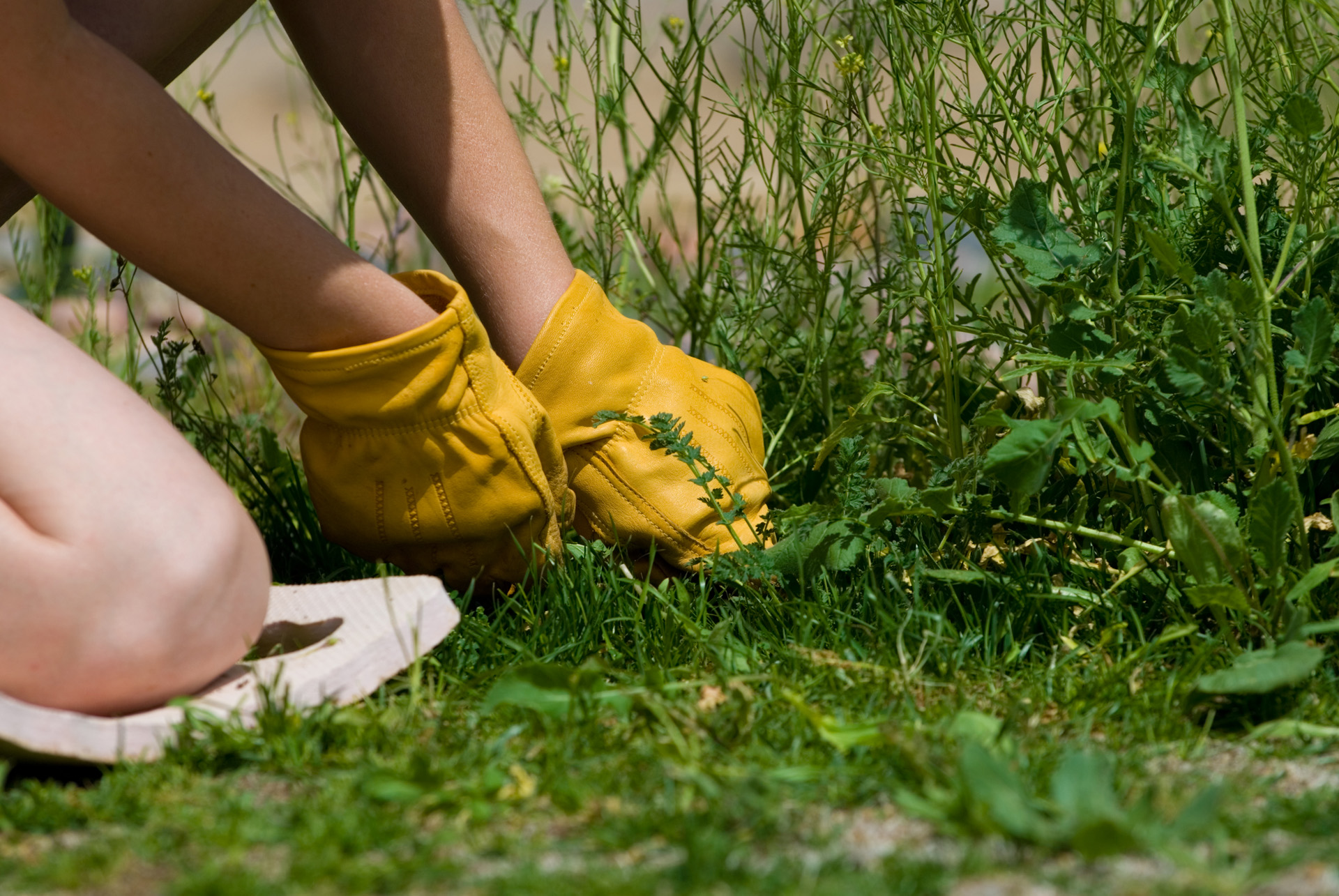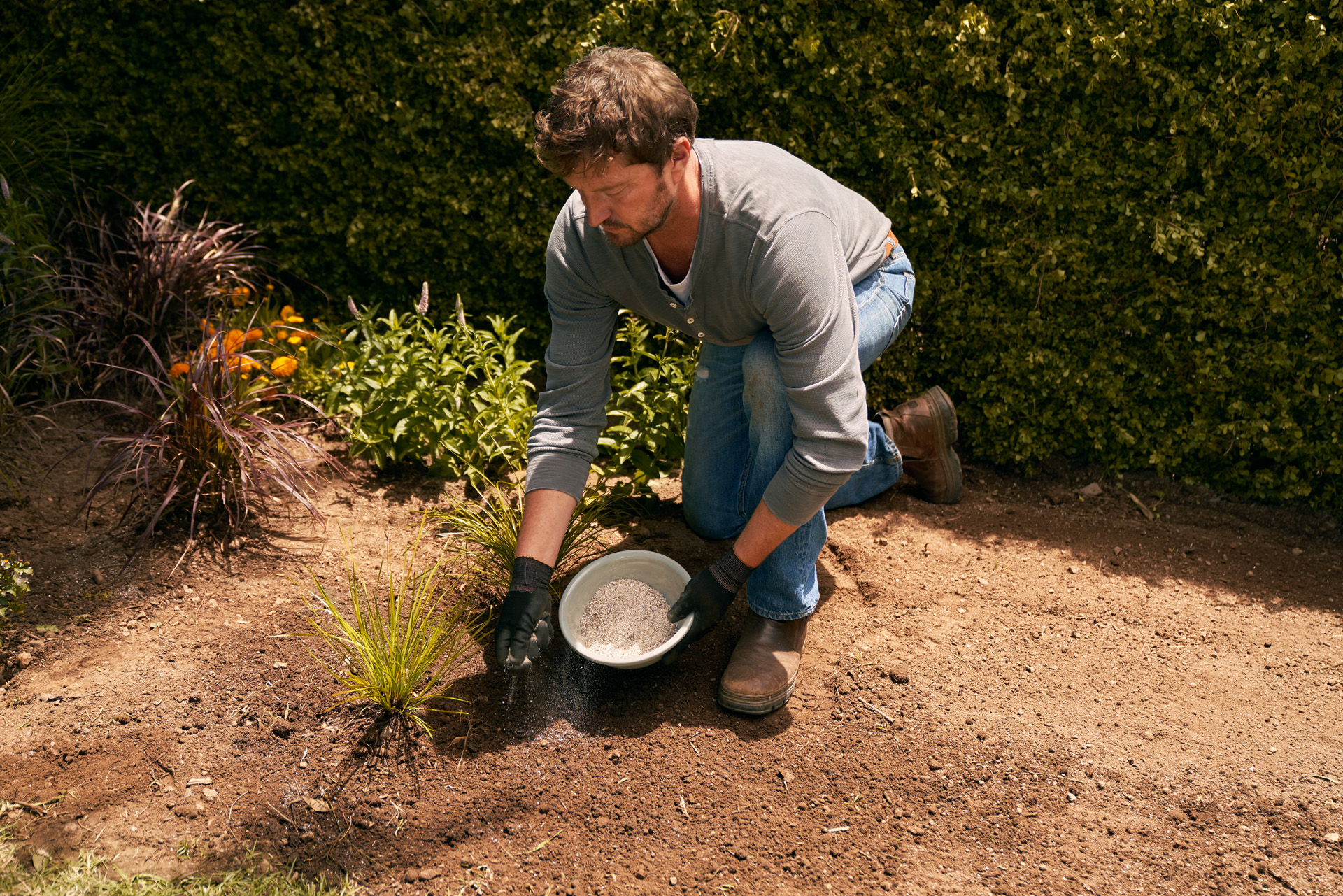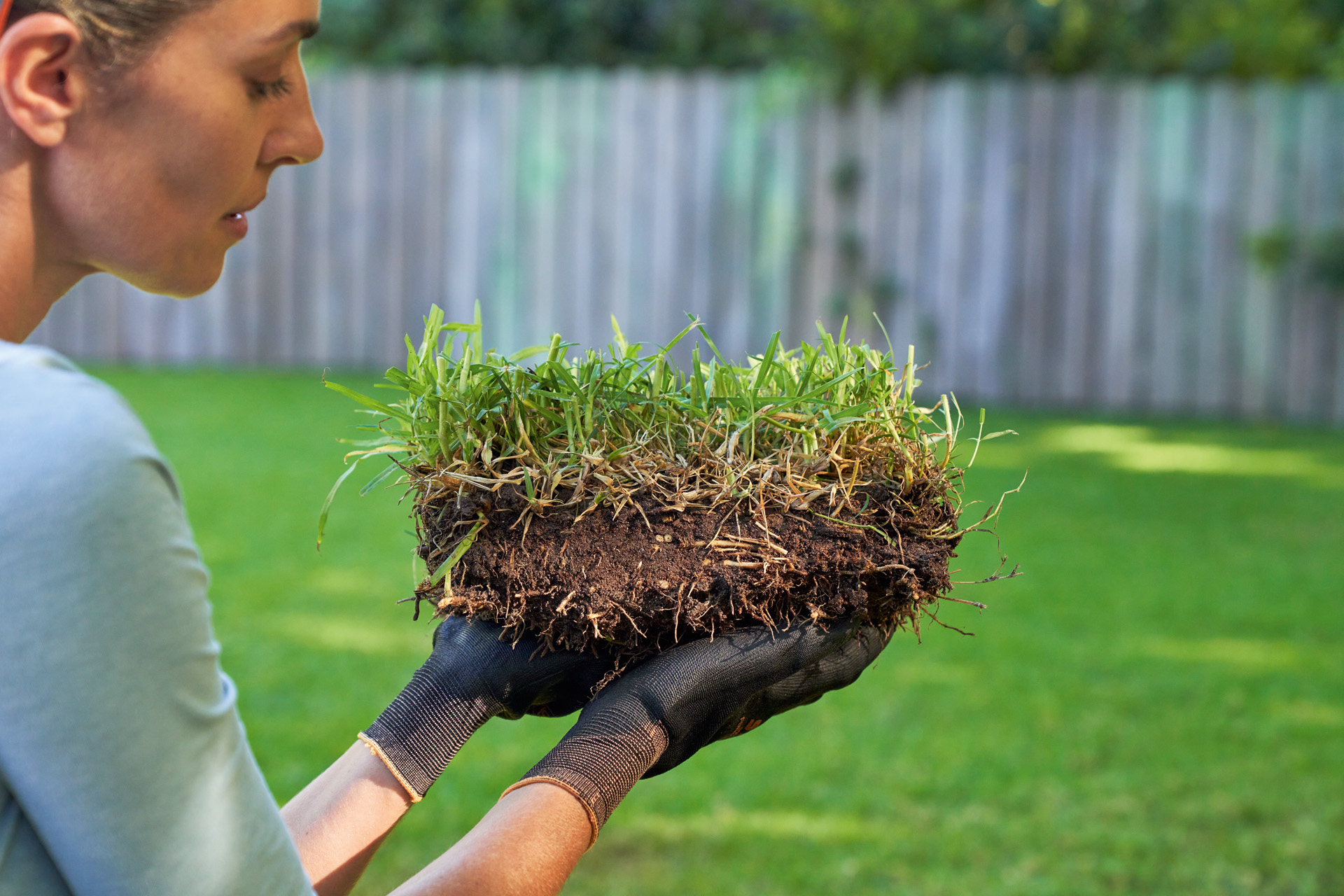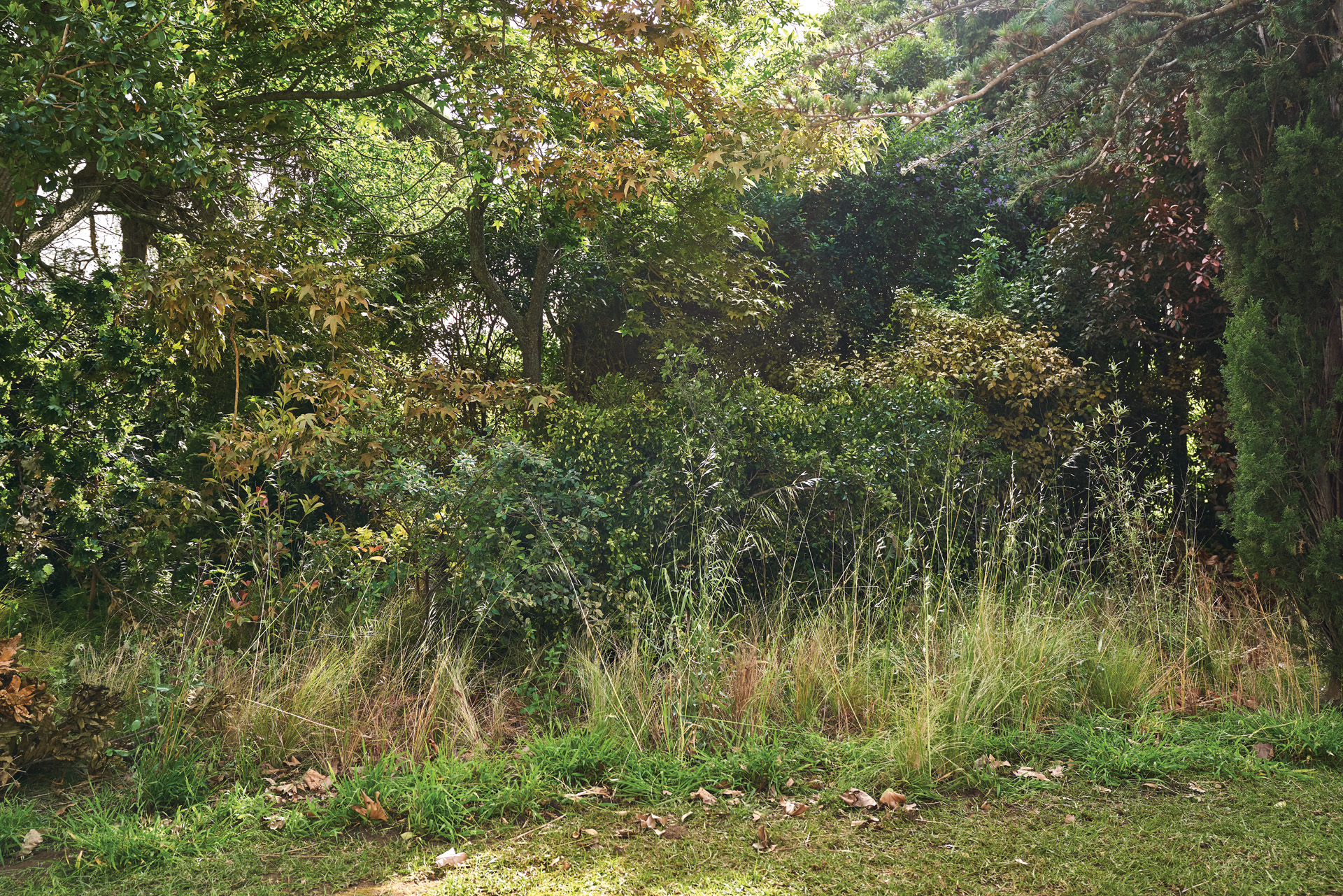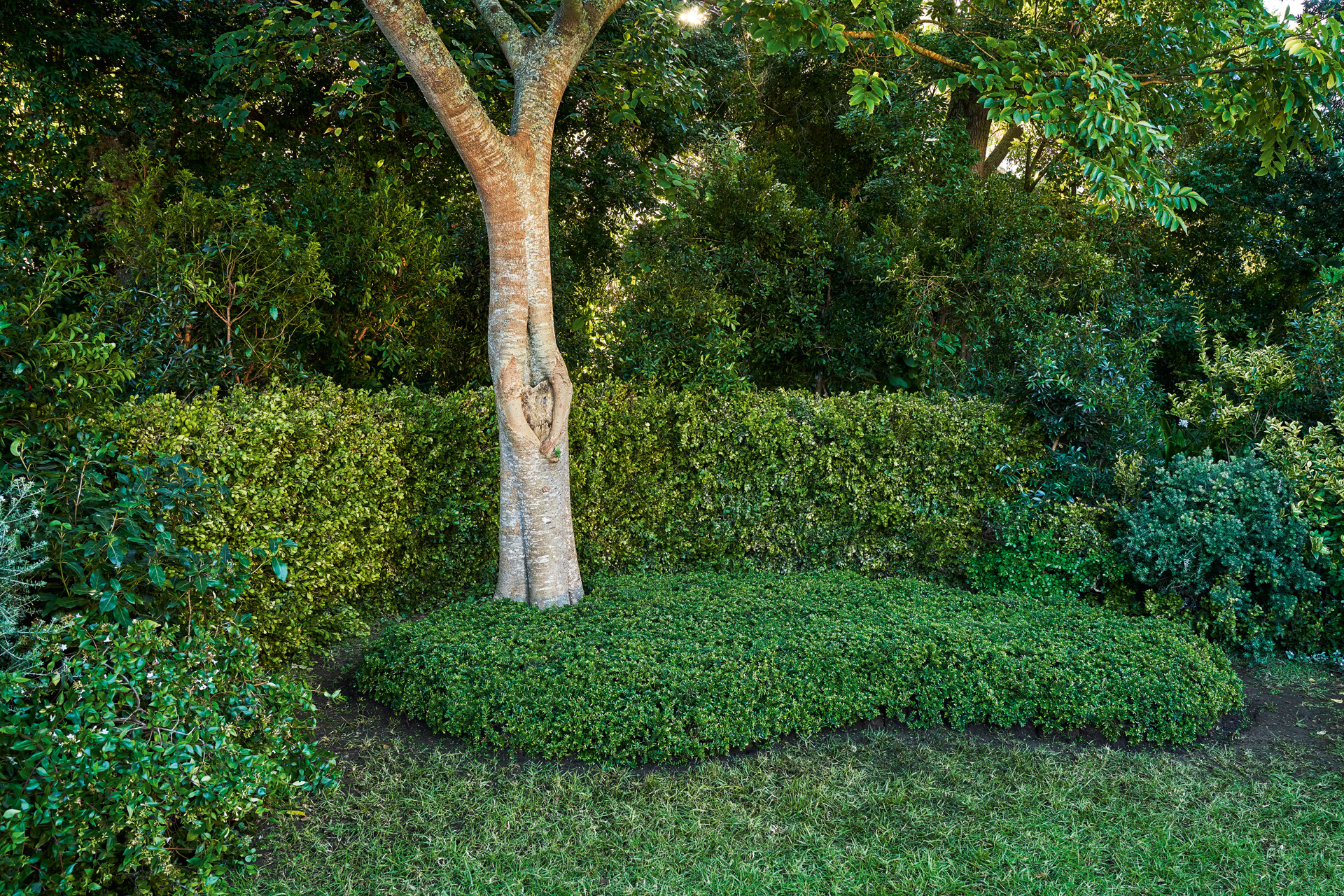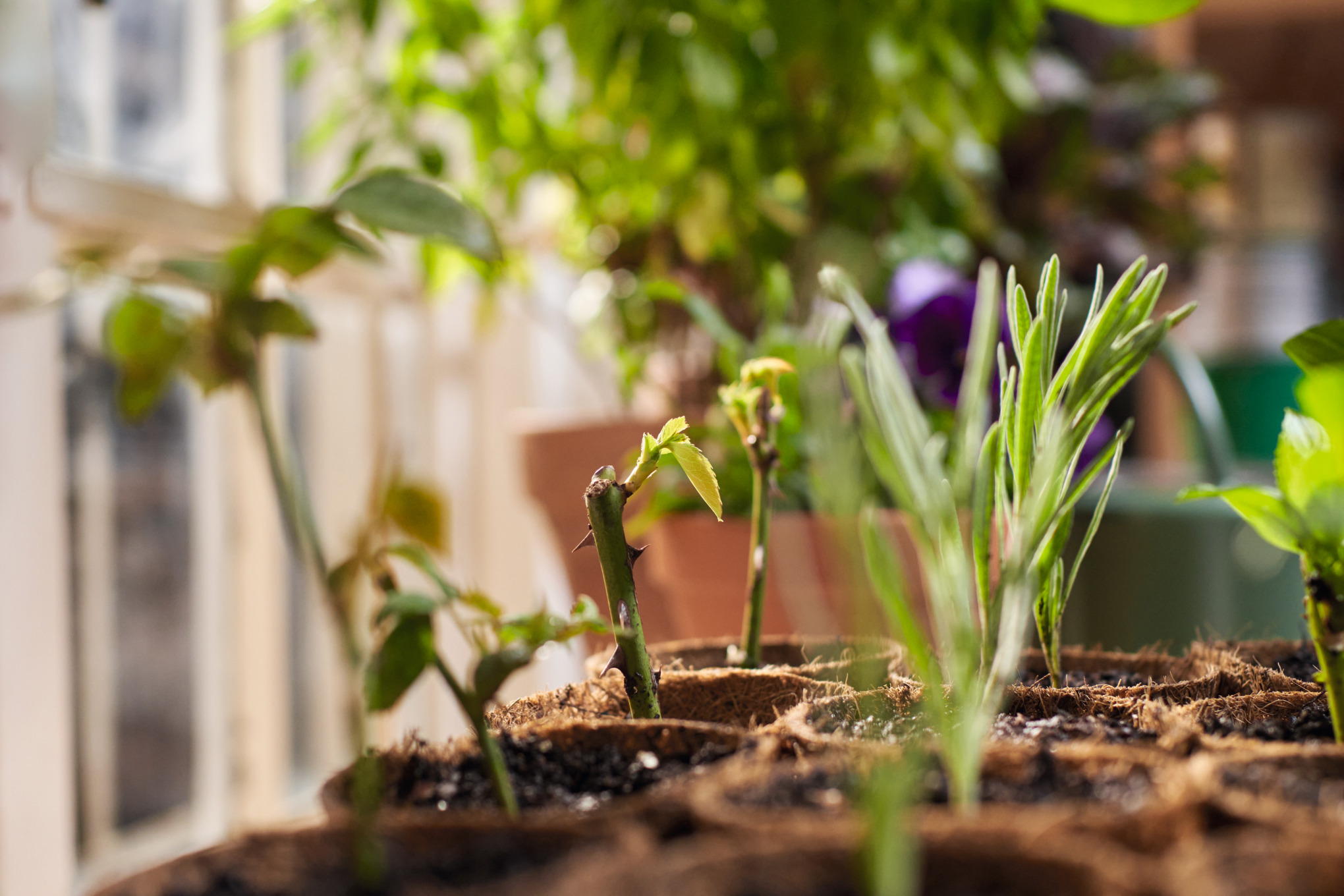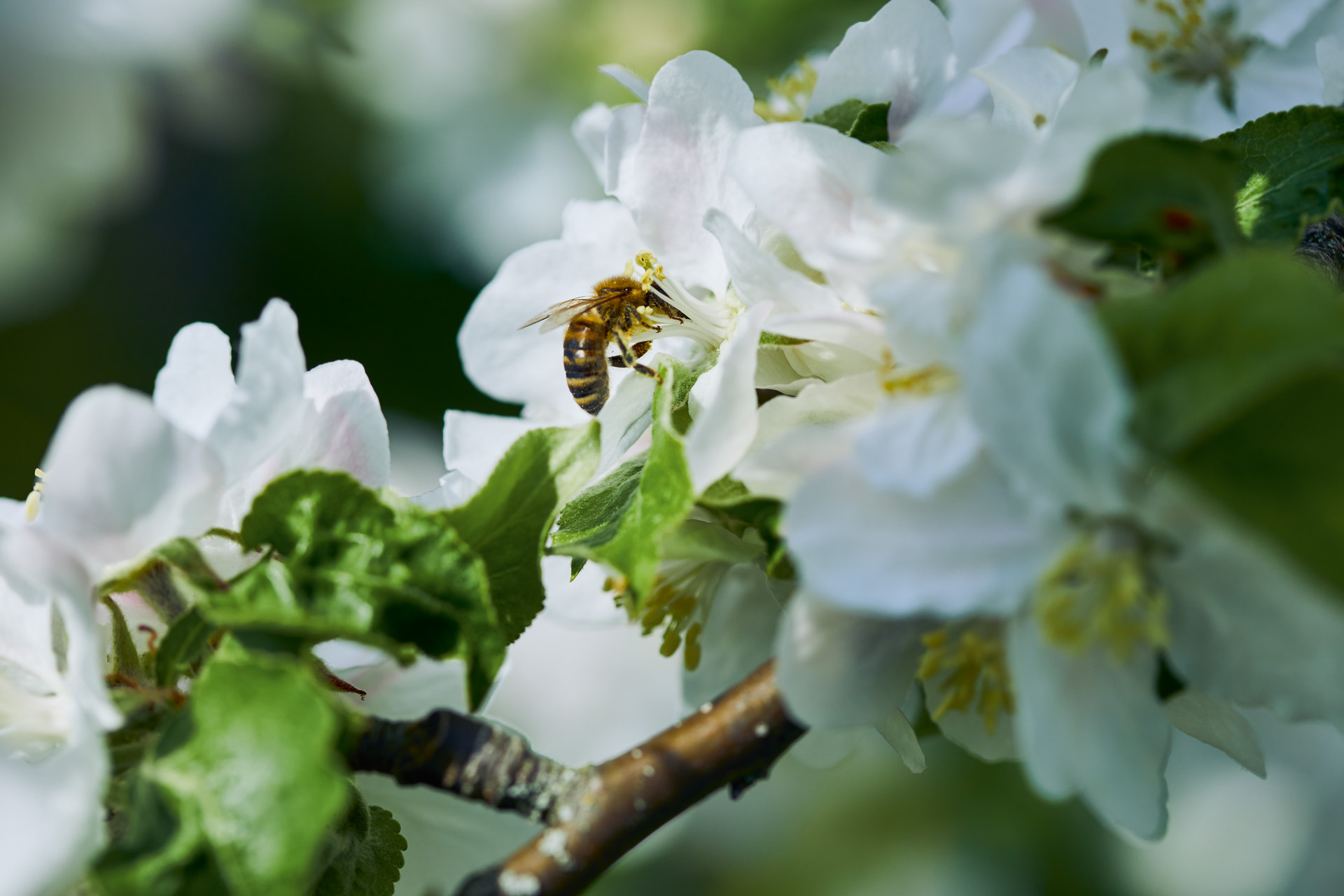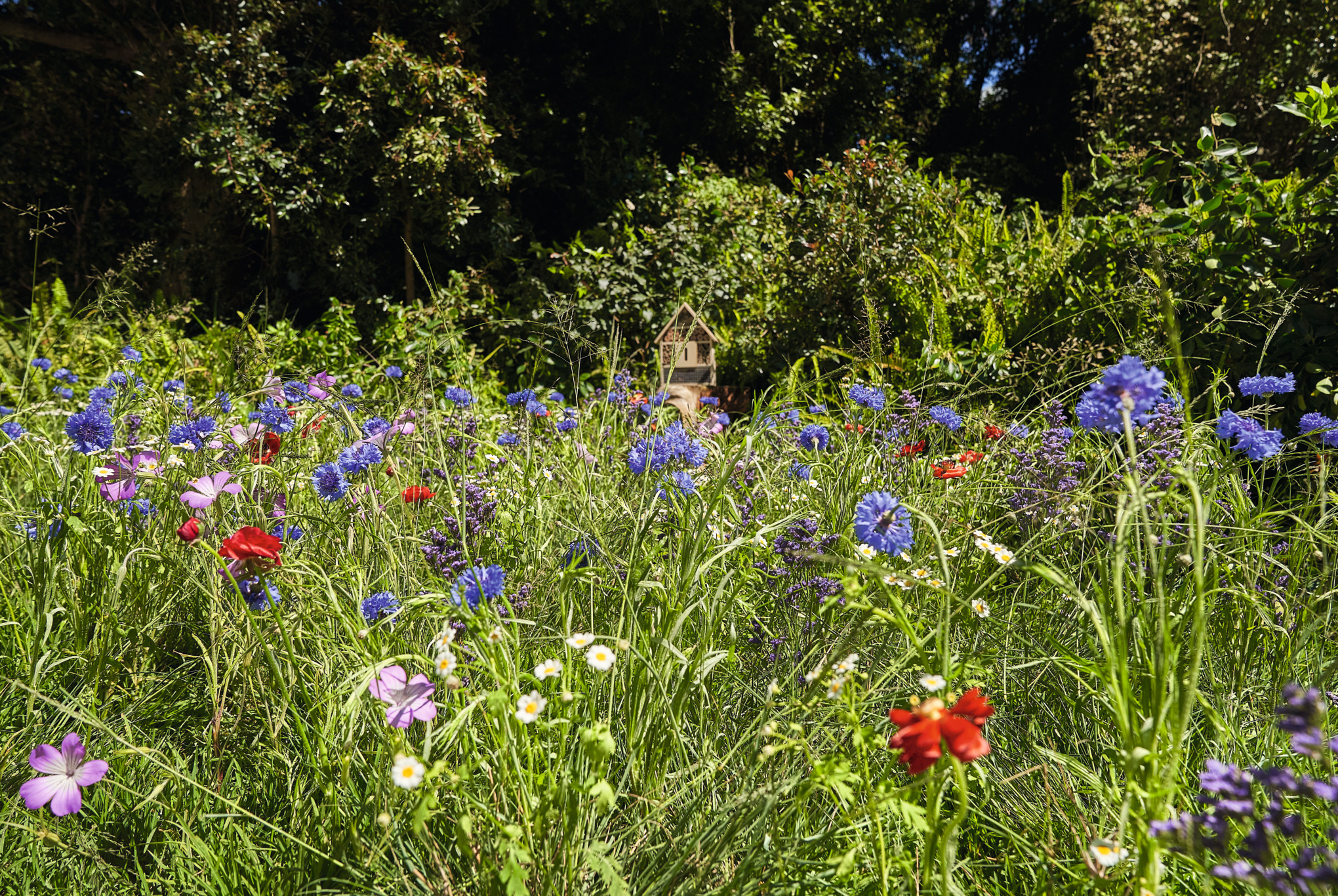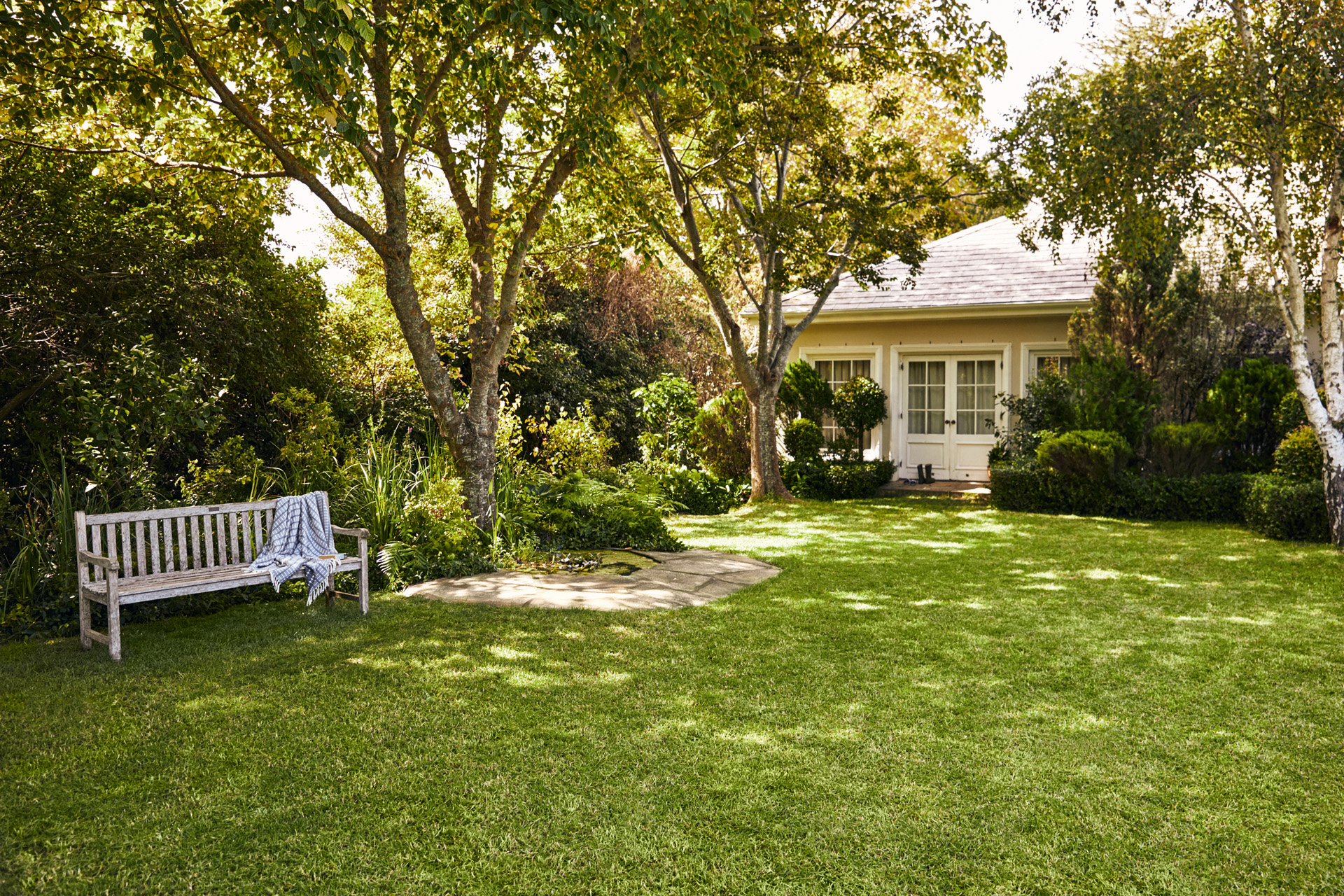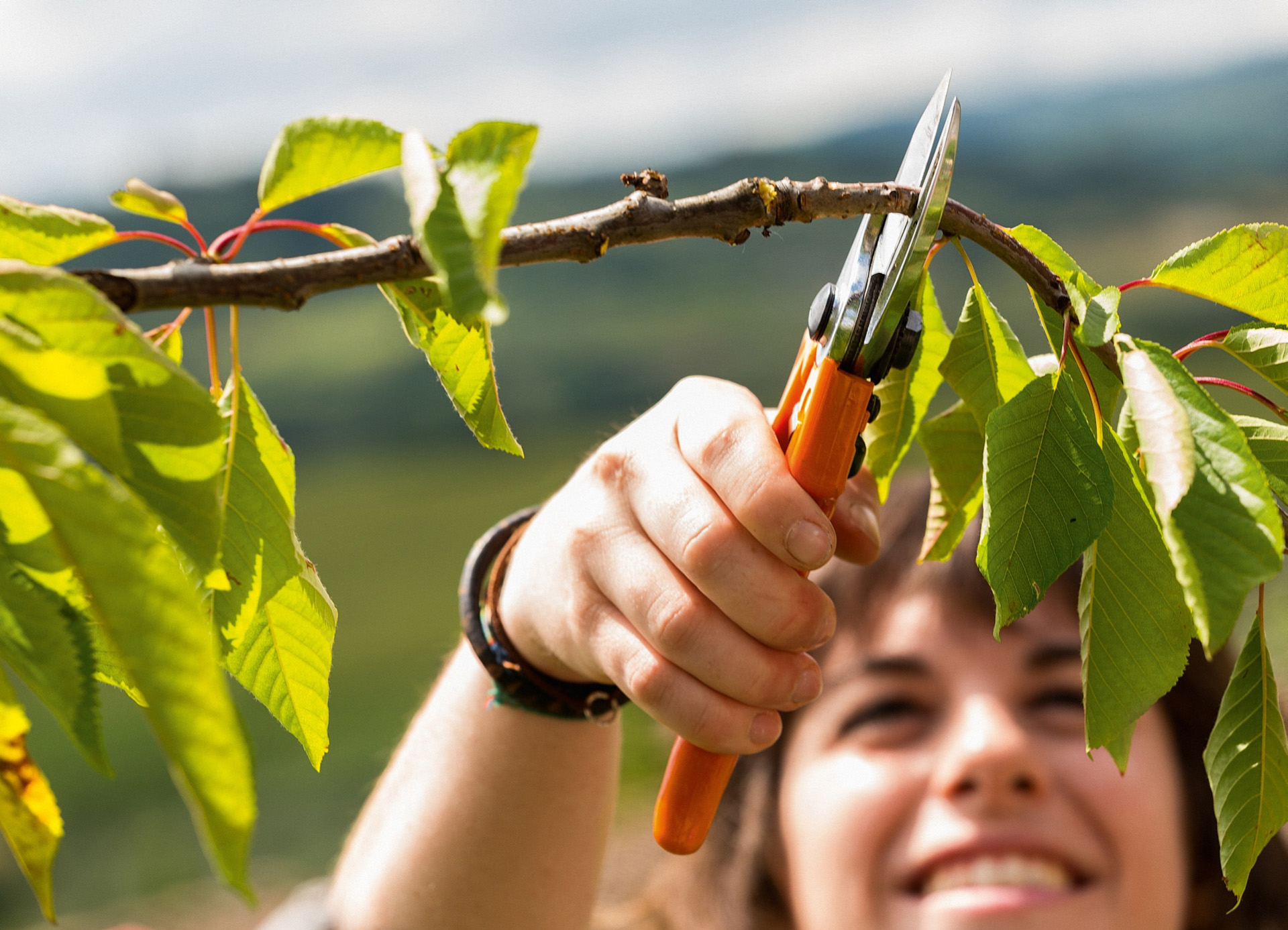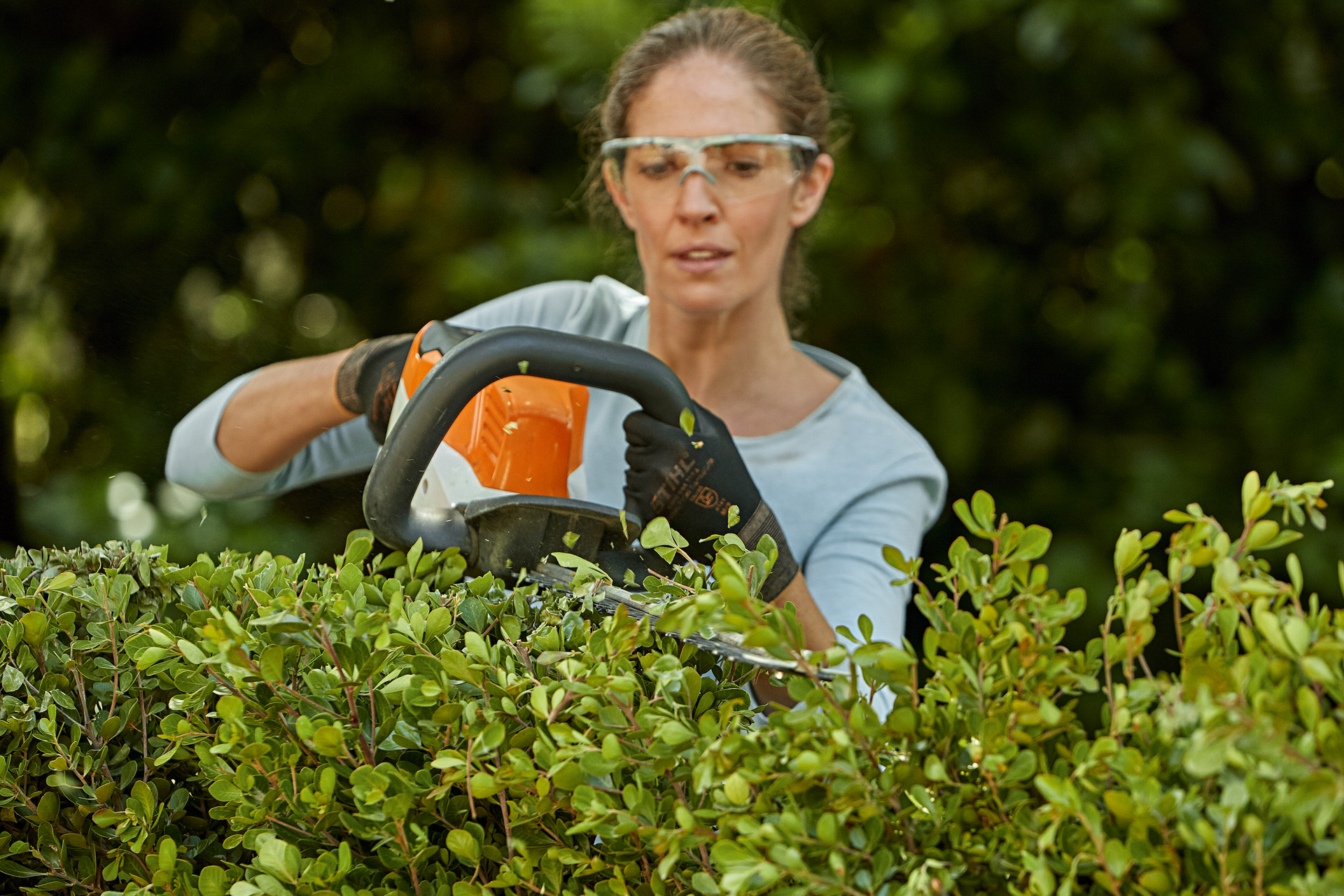Planning and designing a garden: what type of place and planting do you want?
There are many different types of garden design, and you should make your choice carefully, considering your own preferences and how you will use the space in future. How much time can or will you invest into it? Are you happy with only using your garden during certain seasons or do you want a year-round garden? Planning a garden that features vegetables, decorative beds and fruit trees means more long-term upkeep than a large lawn with a few small beds.
If you're designing a garden from scratch, costs are likely to be a limiting factor. And don’t forget that a garden is a long-term project which needs to be maintained every year. You might find the best option is to plant a small area of garden to start with, while planning to later expand the beds, add a pond or vegetable patch – after all, just like nature itself, gardens are always changing.
Whether you do the whole garden at once or let the design evolve it over time, think about what you will use different areas for. What is already there on the plot? How can you make the best of it? For example, a rock garden is a low-maintenance option where you can grow wonderful alpine plants that thrive even in dry, poorly nourished soil. But if you want to grow herbs, soil condition is key so you may need to add topsoil or enrichment.
The easiest way to start planning and designing your garden is to write all your garden ideas down on paper. A sketch is also a great way to map out your garden layout. Draw the different areas and list which plants you want to grow in future. You should also think about the general growing conditions in your space: when and where is it sunny or in shade? When you start actually planting, all the information you need is in your sketch.
